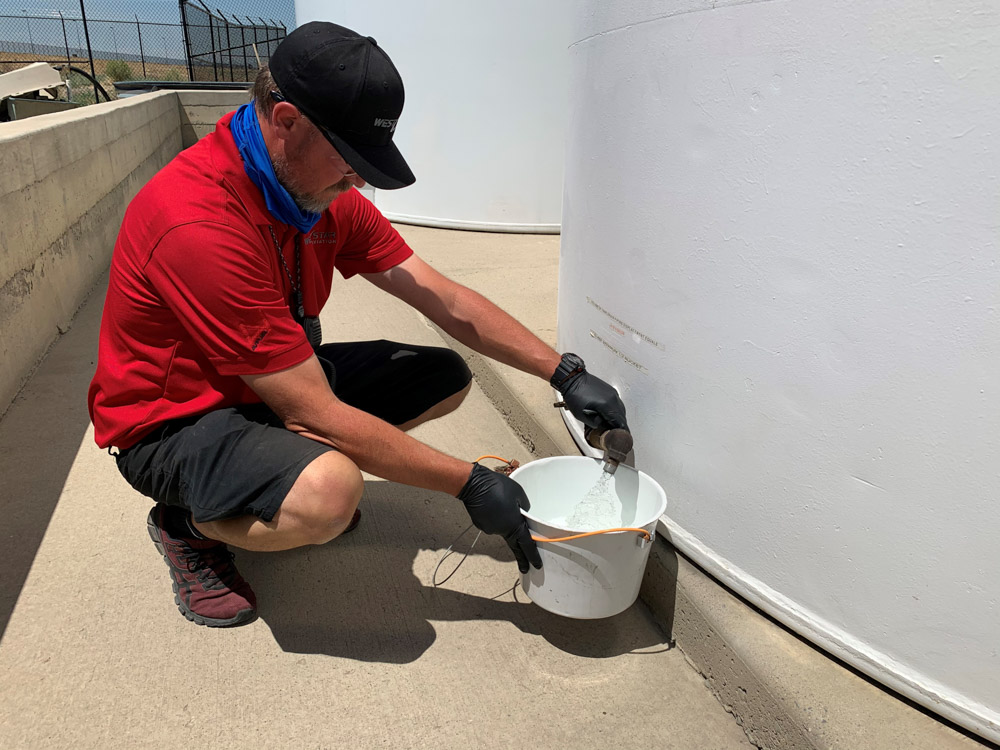With energy efficiency requirements escalating along the Front Range, building owners and managers are wisely turning their attention to how well their buildings are performing in terms of meeting important sustainability and energy-conserving goals.
Energize Denver, which sets Denver’s future initiatives, requires that buildings disclose their energy data, which is the first step in the progression to energy efficiency.
At the next level, in Boulder, the city’s Building Performance Ordinance (BPO) has set a June 1, 2021 deadline for buildings that are 10,000 square feet and larger to meet specific energy efficiency requirements regarding energy assessments, lighting upgrades, and retro-commissioning, or face penalties and fines.
As a building owner or property manager, it has become imperative to make and begin implementing a plan that will adhere to these goals and requirements, especially as they escalate over time.
Fortunately, a great deal of support and guidance, as well as incentives to get this important work done, is being provided. With a looming deadline, the City of Boulder is providing deadline extensions to service providers and also has detailed information regarding requirements and goals on the city website.
In addition, C-PACE funding is available, and Xcel Energy provides several comprehensive energy programs, including the recommissioning program. The quickest way to seek a qualified provider is to look at the City of Boulder’s pre-approved list.
Ambient Energy is a City of Boulder certified retro-commissioning and energy assessment service provider. The company is also an Xcel Energy recommissioning program partner, which has added benefits of paying for up to 75% of the cost of the study.
But the program is set to expire and change requirements and incentive levels in Q1 of 2021 though! Still, the onus is on building owners and their management teams to get the important work done.
Here are some of the steps that should already be underway or established soon:
Make a Plan
First and foremost, find the experts in energy efficiency who provide an assessment of your building’s energy efficiency (or lack thereof) and make recommendations on how to cost-effectively and rapidly make improvements that will help to achieve the established requirements. A professional team will examine every aspect of your property, including things such as lighting, HVAC systems, roof systems, energy loads, architectural design and more, and provide tangible ways to make improvements, following a set schedule and working with contractors who can do the work. By fully understanding what your options and requirements are now and in the months and years to come will help tremendously in following a roadmap to success.
Start with the Easier Items
You can begin to take some big steps forward by focusing on the more cost-effective aspects of your building and making them more energy efficient. For example, a building’s lighting is a relatively easy “fix” and can be upgraded with LED lights which will improve the building’s overall light quality and also set the building up for 20-plus years of operating efficiency. In addition to helping a building meet energy efficiency requirements, the improved lighting will refresh the building’s interiors and provide a more enjoyable space to tenants.
Think Ahead
While there is plenty to do right now, it’s also imperative to think ahead. For example, health and wellness measures will become increasingly important to attract tenants, especially as an outcome of the pandemic and WELL or Fitwel certification will become as important as LEED certification. As the trend away from fossil fuels continues, begin to examine the ways a building’s systems can be transitioned to beneficial electricity, such as with heat pumps, and how to maximize renewable energy sources now and in the future.
The attention to our climate has been increasing gradually over time, and more recent developments along the Front Range and throughout the nation and the world have heightened the sense of urgency. This includes every aspect of our society, and building owners and managers are at the forefront of bringing important and needed change.
 Linda Morrison is the Building Performance Team Leader for Ambient Energy, a third-party consulting firm specializing in commissioning, energy analysis, and sustainable design, providing services to a variety of industries include commercial real estate. She can be reached at [email protected].
Linda Morrison is the Building Performance Team Leader for Ambient Energy, a third-party consulting firm specializing in commissioning, energy analysis, and sustainable design, providing services to a variety of industries include commercial real estate. She can be reached at [email protected].

